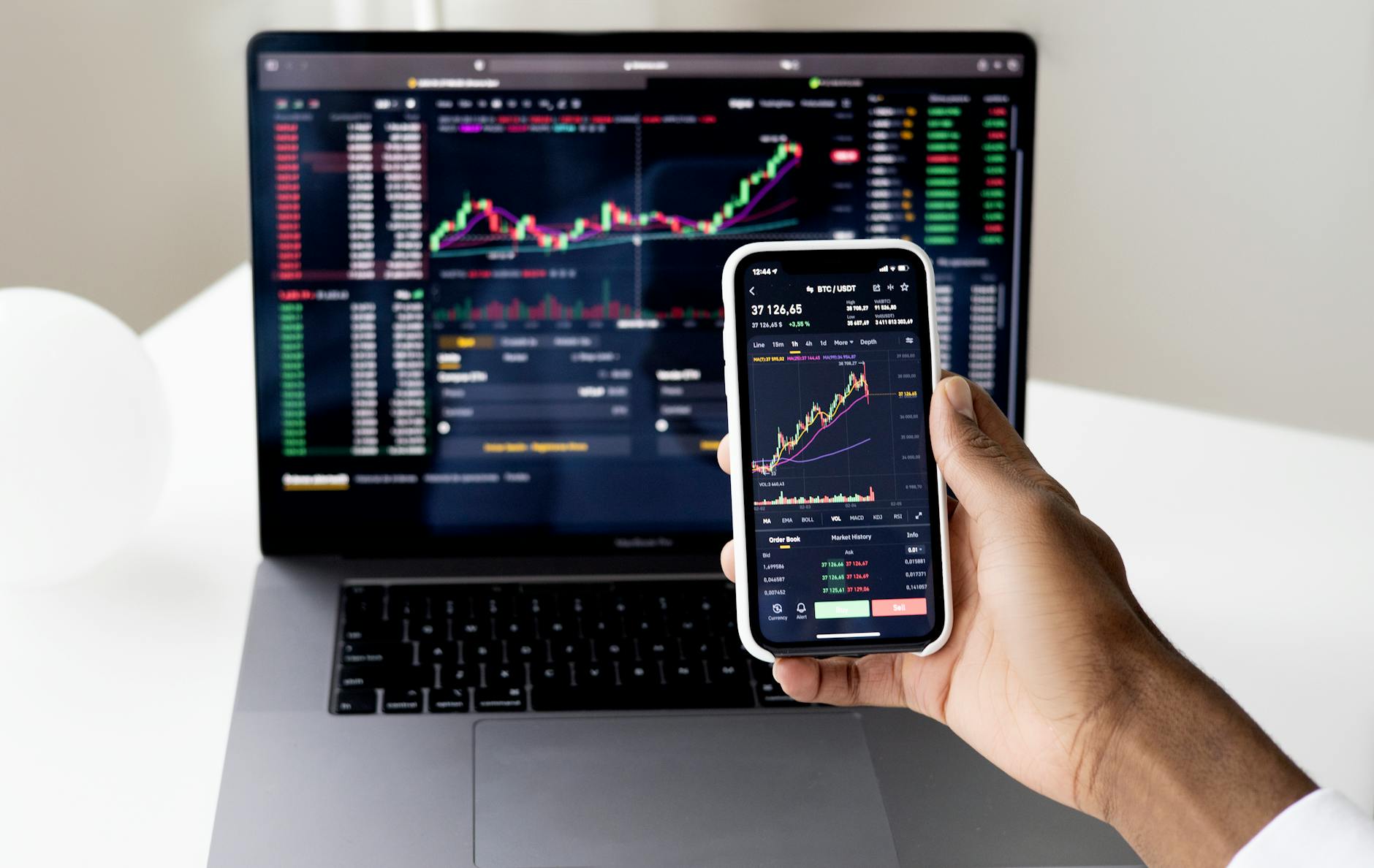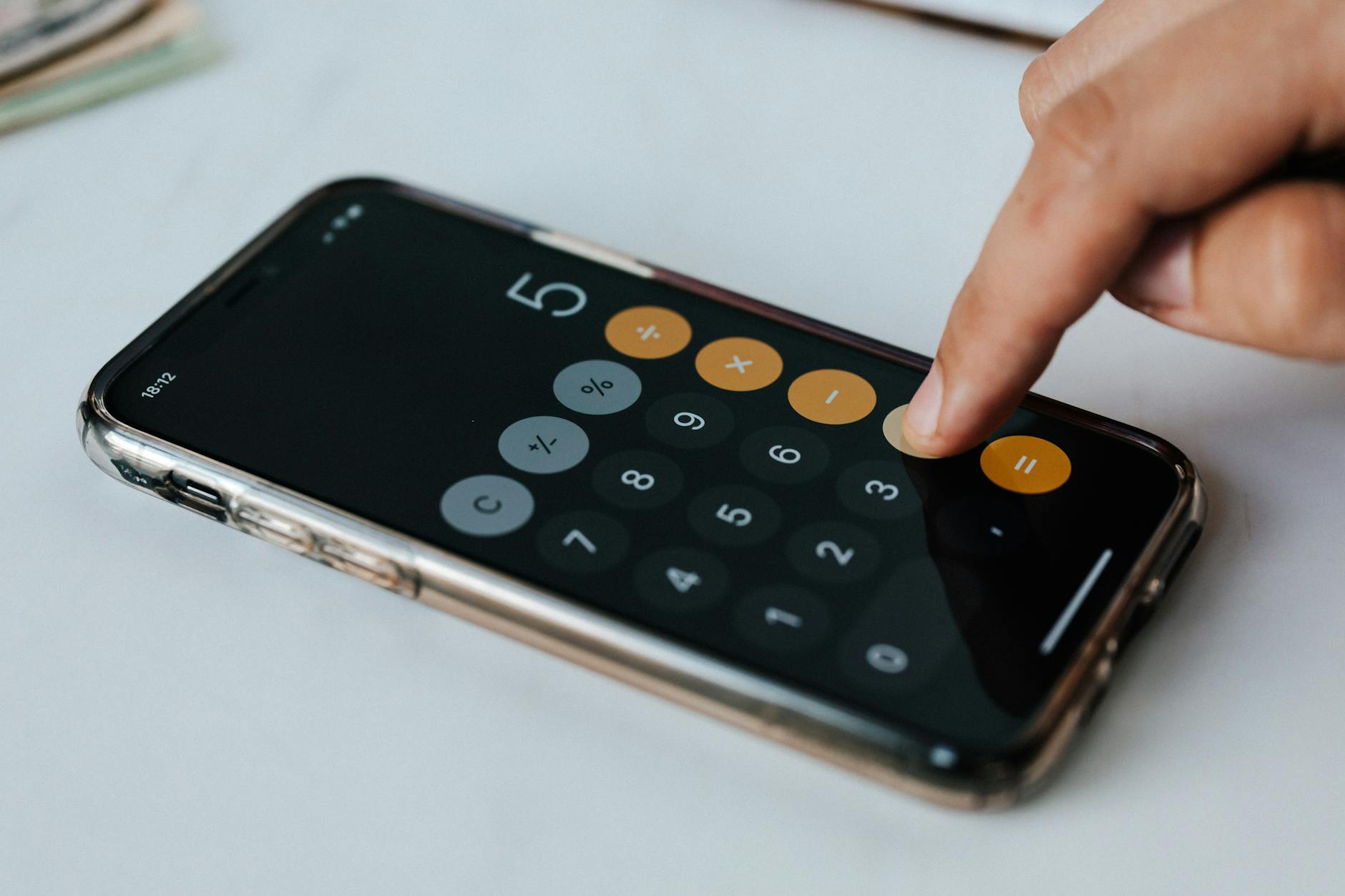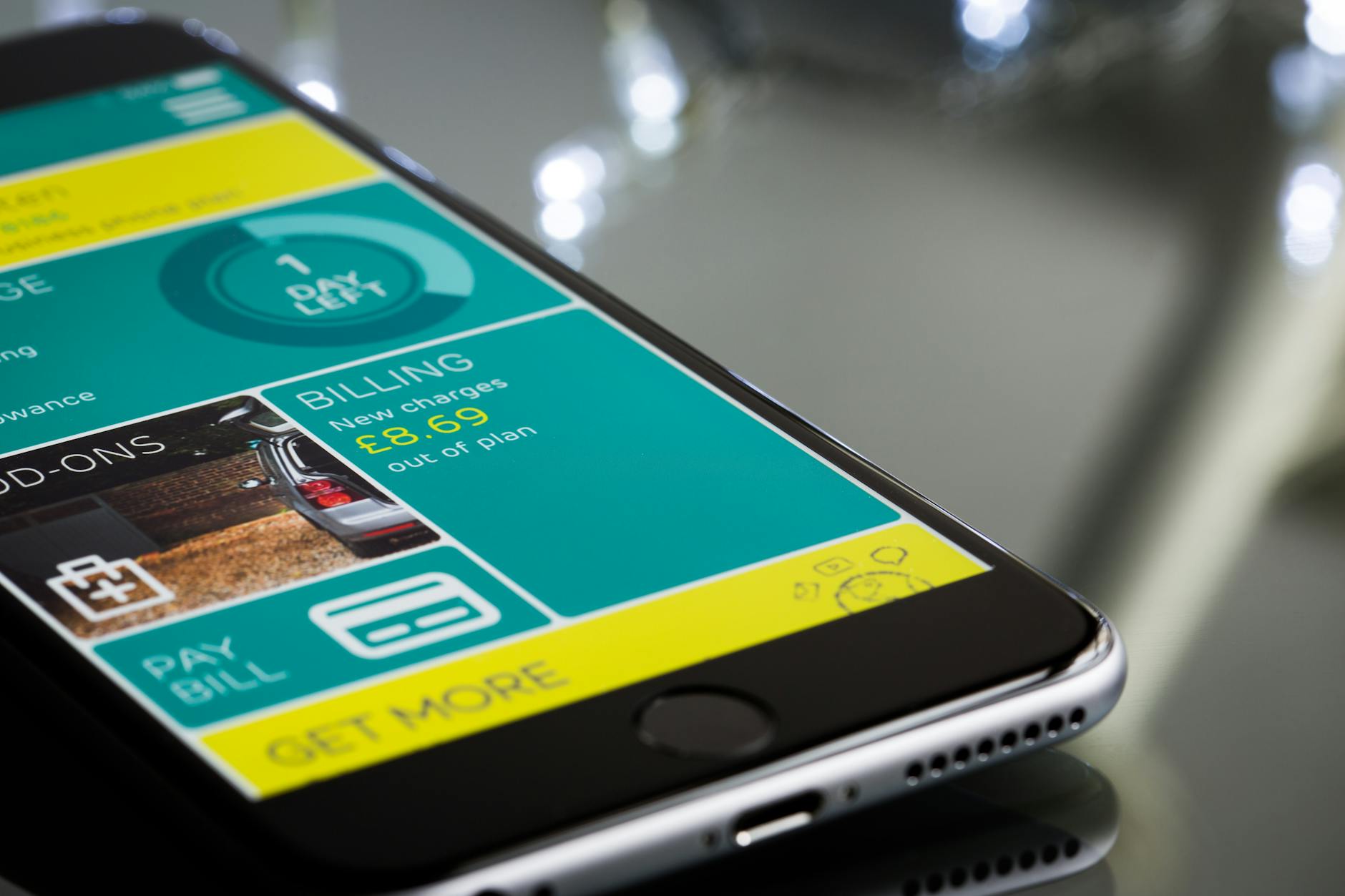As seniors enter retirement, managing their finances becomes increasingly important. With the rise of technology, smartphones have become powerful tools for financial management. Let’s explore finance apps for seniors and the various benefits of using smartphones to track expenses, budget effectively, and stay organized with their finances. From convenient bill payments to real-time updates on account balances, seniors can gain greater control and peace of mind by utilizing these digital resources for financial planning.

Setting up financial apps on smartphones
Managing your finances can be easier than ever with the help of finance apps for seniors on your smartphone. These apps can help you keep track of your expenses, budget your money, and even invest for the future. But with so many options available, how do you know which ones to choose? Here are some tips for setting up financial apps on your smartphone.
Choosing the right financial apps
- Determine your needs. Before downloading any financial apps, think about what you need help with the most. Are you looking to track your spending, create a budget, or invest your money? By understanding your needs, you can narrow down the options and choose the apps that will be most beneficial to you.
- Read reviews. Look for reviews and ratings of different financial apps to see what other users are saying. This can give you a good idea of the app’s reliability, user-friendliness, and overall functionality.
- Consider security. When it comes to finance apps for seniors, security is key. Make sure the app you choose uses encryption and other security measures to protect your personal and financial information.
How to download and set up apps
- Go to the app store. Whether you have an iPhone or an Android device, you can find financial apps in the app store. Simply search for the app you want, click download, and follow the on-screen instructions to install it on your device.
- Create an account. Once the app is downloaded, you will likely need to create an account. This may involve entering your email address, creating a password, and agreeing to the app’s terms and conditions.
- Connect your accounts. Many financial apps allow you to link your bank accounts, credit cards, and other financial accounts to easily track your transactions. Follow the prompts to connect your accounts securely.
Understanding the features of the apps
- Budgeting tools. Many financial apps offer budgeting tools that help you track your spending and set financial goals. Take some time to explore these features and set up a budget that works for you.
- Bill reminders. Some apps offer bill reminders to help you stay on top of your payments and avoid late fees. Make sure to set up reminders to ensure you never miss a payment.
- Investment options. If you are interested in investing, look for apps that offer investment options and guidance. These apps can help you make informed decisions about where to invest your money.
By following these tips for setting up finance apps for seniors on your smartphone, you can take control of your finances and work towards your financial goals with ease. Whether you’re a budgeting beginner or an investing pro, there’s a financial app out there to help you manage your money effectively.

Budgeting with smartphones
Budgeting is an essential part of managing your finances and ensuring that you meet your financial goals. With the rise of smartphones and the development of budgeting apps, it has become easier than ever to track your expenses, set up a budget plan, and monitor your spending habits. Here are three ways you can use your smartphone to help you budget effectively:
Tracking expenses and income
One of the first steps in creating an effective budget is to track your expenses and income. With the help of budgeting apps like Mint, YNAB, or Personal Capital, you can easily input your expenses and income daily. These apps categorize your expenses and provide you with an overview of where your money is going each month. By tracking your expenses and income, you can identify areas where you may be overspending and make adjustments to your budget accordingly.
Setting up a budget plan
After tracking your expenses and income, the next step is to set up a budget plan. Budgeting apps allow you to create a budget plan based on your financial goals and priorities. You can set specific goals for saving, investing, or paying off debt, and allocate a certain amount of money towards each goal. The app will then track your progress towards these goals and provide you with notifications when you are close to hitting your budget limits. By setting up a budget plan, you can ensure that your finances are aligned with your long-term financial goals.
Monitoring spending habits
In addition to tracking expenses and setting up a budget plan, budgeting apps also allow you to monitor your spending habits. These apps provide you with detailed reports and analysis of your spending patterns, showing you where you may be overspending or where you can cut back. By monitoring your spending habits, you can make more informed decisions about your finances and avoid unnecessary expenses. Additionally, some finance apps for seniors offer features like alerts for when you exceed your budget limits or regular updates on your financial progress. This can help you stay on track with your budget and make adjustments as needed.
Budgeting with smartphones can be a powerful tool for managing your finances effectively. By tracking expenses and income, setting up a budget plan, and monitoring your spending habits, you can take control of your finances and work towards your financial goals. So why not take advantage of the convenience of budgeting apps and start budgeting with your smartphone today?

Managing bills and payments
Managing bills and payments can often feel like a daunting task, but with the right strategies in place, staying on top of your financial responsibilities can be a breeze. Here are three tips for effectively managing your bills and payments.
Setting up reminders for bill due dates
One of the most important aspects of managing bills and payments is ensuring that you never miss a due date. Setting up reminders for when bills are due can help you stay organized and on top of your financial obligations. This can be done through a variety of methods, including setting up alerts on your phone or computer, creating a calendar specifically for bill due dates, or using a budgeting app that sends notifications when payments are coming up. By proactively reminding yourself of when bills are due, you can avoid late fees and keep your credit in good standing.
Automating bill payments
Another helpful strategy for managing bills and payments is to automate your payments whenever possible. Many banks and financial institutions offer the option to set up automatic payments for recurring bills, such as rent, utilities, and car payments. By automating your payments, you can ensure that your bills are always paid on time without having to remember to manually submit payments each month. This can save you time and eliminate the risk of forgetting to pay a bill, ultimately helping you maintain better control over your finances.
Organizing payment receipts
Keeping track of payment receipts is essential for maintaining accurate financial records and monitoring your spending habits. To effectively organize your payment receipts, consider creating a dedicated folder or filing system for all of your bill-related paperwork. This can include physical receipts, electronic receipts from online payments, and confirmation emails from bill payments. By systematically organizing your payment receipts, you can easily refer back to them when needed, track your payment history, and quickly access proof of payment if any disputes arise.

Monitoring investments and savings
Keeping track of your investments and savings is crucial to ensure financial stability and growth. With many tools and apps available, it has never been easier to monitor your finances and make informed decisions about your money. Here are three key strategies for effectively monitoring your investments and savings:
Using investment tracking apps
Investment tracking apps are powerful tools that allow you to monitor the performance of your investments in realtime. These apps aggregate data from various sources like brokerage accounts, retirement funds, and even cryptocurrency wallets, providing you with a comprehensive view of your portfolio. Some popular investment tracking apps include Personal Capital, Mint, and Robinhood.
With these apps, you can set up custom alerts for specific events like market fluctuations or changes in stock prices. You can also track your investment performance against benchmarks like the S&P 500 index to see how well your portfolio is performing relative to the market. Additionally, investment tracking apps often provide detailed analysis and insights to help you make informed decisions about buying or selling assets.
Monitoring savings accounts
Monitoring your savings accounts is just as important as tracking your investments. Keeping a close eye on your savings can help you identify opportunities to earn higher interest rates or make adjustments to your spending habits. Most banks offer online banking services that allow you to check your account balances, transfer funds, and set up automatic transfers to your savings account.
Consider using finance apps for seniors like YNAB or Mint to track your spending and saving habits. These apps can provide insights into your financial behavior, help you identify areas where you can save money, and set savings goals for the future. By regularly monitoring your savings accounts and making adjustments as needed, you can ensure that you are on track to meet your financial goals.
Setting financial goals
One of the most effective ways to monitor your investments and savings is to set clear financial goals. Whether you want to save for a vacation, buy a new car, or retire early, having specific goals in mind can help you stay motivated and focused on your financial objectives. Start by creating a budget that outlines your income, expenses, and savings goals.
Next, break down your goals into actionable steps and set timelines for achieving them. For example, if you want to save $10,000 for a down payment on medical care in two years, calculate how much you need to save each month to reach that goal. Regularly review your progress towards your financial goals and make adjustments as needed to stay on track.






